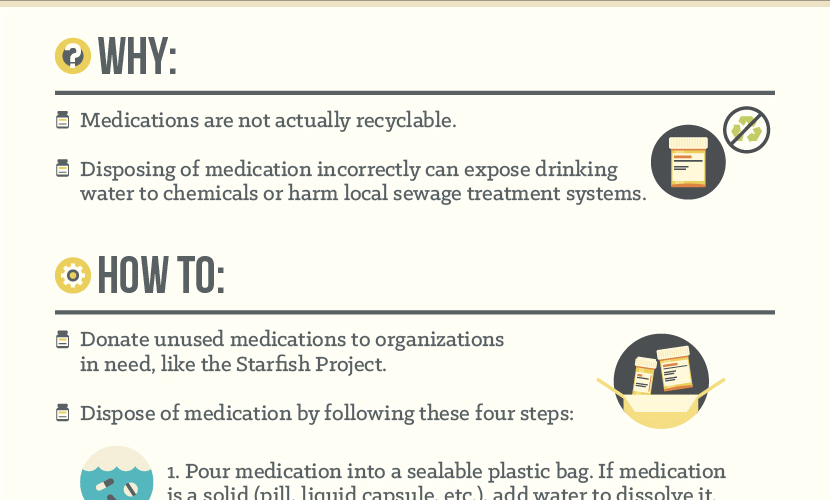In today’s world of modern electronic equipment, many portable electronic devices are powered by batteries. Alkaline batteries and car batteries are the most common types of batteries that are available to the general public. Every year, millions of batteries are disposed of improperly, creating safety and environmental hazards. Batteries contain dangerous chemicals that must be contained and disposed of properly.
Alkaline batteries are the most common types of batteries that most people come into contact with on a daily basis. An alkaline battery has a caustic substance called potassium hydroxide within itself that is responsible for making it a source of power. Potassium hydroxide can cause chemical burns that can cause disfiguring injuries or blindness if it comes into direct contact with human skin or eyes. Not only do batteries contain potassium hydroxide, but they also contain small amounts of lead. Lead has been shown to cause birth defects and is poisonous in large doses. When improperly thrown out, batteries can leak their toxic contents into the soil. The dangerous chemicals can also be washed away by rain or other sources of water, eventually penetrating into water supplies and causing contamination.
These chemicals may become airborne if the battery is incinerated, releasing noxious gases into the atmosphere. Although the alkaline batteries of today contain many toxic chemicals, in the past, they were even more harmful. Before the mid 1980s, alkaline batteries often contained mercury compounds. Like lead, mercury is toxic and can cause birth defects and poisoning. Many landfills used to ban batteries because of mercury concerns, but with the introduction on new, mercury-free batteries, the bands have been lifted.
Different cities and states have their own ordinances that govern the disposal of hazardous materials like alkaline or car batteries. The best way to know how to properly dispose of them is to contact the local sanitation service or health department. In most jurisdictions, however, alkaline batteries are not deemed to be hazardous waste materials since they no longer contain mercury.
These newer batteries may be thrown out in the trash. Once a battery has run out of power and an electronic device stops working, it is important to take the spent battery out immediately. Old batteries can leak caustic materials. Furthermore, even though they may appear to be dead, old batteries still have a small charge, which could cause the seeping material to ignite and explode.
Car batteries rely on a lead acid compound to generate power. Almost all car batteries are eligible for recycling. In order to recycle and dispose of a lead acid battery, individuals can take the battery to any retailer that sells automotive batteries for collection. Once the batteries have been collected, they are crushed in industrial facilities that separate plastic from the lead components. Both of these can then be reused to make new batteries. Most batteries on the market contain between 60% and 80% recycled materials.
Alkaline batteries can be recycled, but the cost to do so often outweighs the benefits. However, some cities and states have opened battery recycling centers to meet popular demand. Rechargeable batteries can also be recycled. Many battery manufacturers have worked in concert with local waste management authorities in many areas to open centers that accept nickel cadmium, lithium, and nickel hydride batteries, all of which can be recharged. In addition to taking rechargeable batteries to specific collection centers, many hardware and home improvement stores also accept these batteries for disposal.
The proper disposal of batteries is extremely important in preventing person injuries and preserving the environment. Studies have shown that a majority of dangerous cadmium and mercury in ground water and soil originate from batteries. Following local and state guidelines can help to prevent and reduce these levels in the future.



